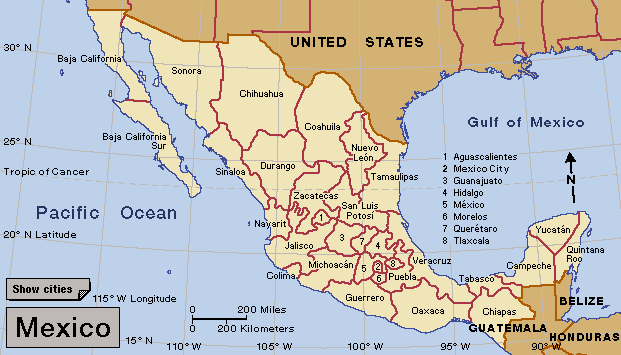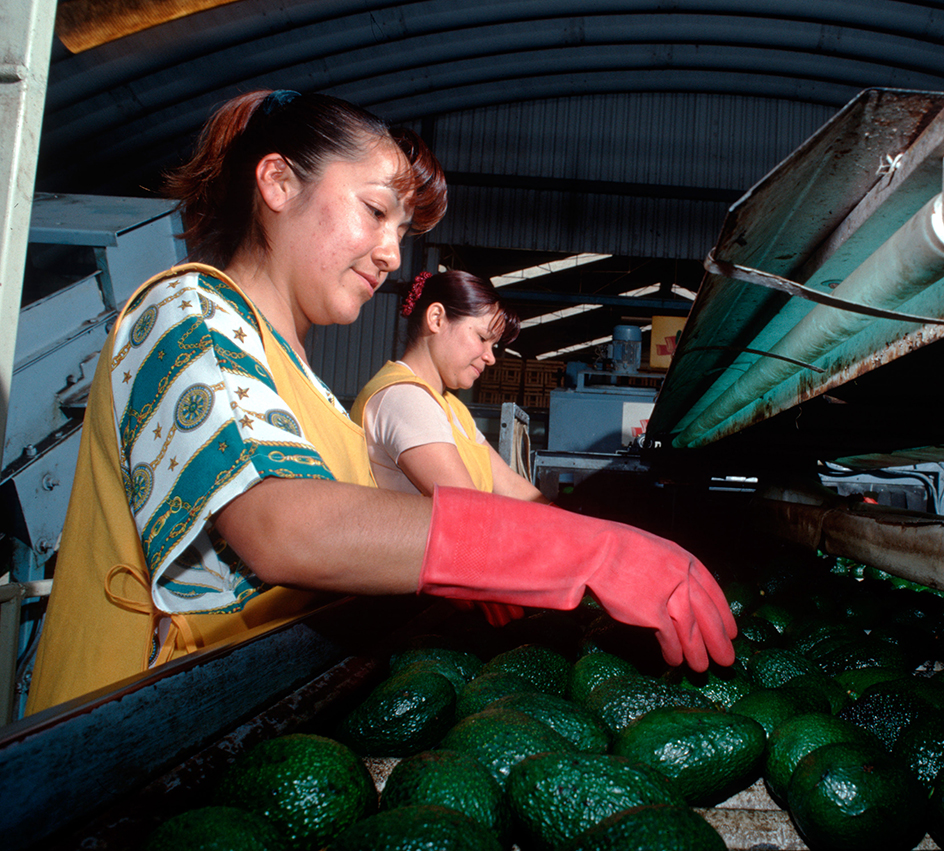Michoacán << mee chuh wah KAHN >> is a state on the Pacific coast of Mexico. It has an area of 23,138 square miles (59,928 square kilometers). At the time of the 2020 census, the population was 4,748,846. Most of the people live on high plains and rolling mountains in the center of the state. The capital, Morelia, is notable for its cathedral and other beautiful Spanish colonial buildings.

Important parts of Michoacán’s economy include agriculture, forestry, manufacturing, and tourism. Remittances (money sent) from Mexicans working in the United States also contribute to the people’s income.
Michoacán is home to the Indigenous (native) Tarascan people, also known as the Purepecha. The Tarascan built a powerful empire in the late 1300’s. They were renowned for their metalwork and use of copper. The Aztec of central Mexico tried to conquer the Tarascan about 1479 but failed. The Tarascan empire remained independent until 1522, when it submitted to the Spanish. Today, many Tarascan people live in Michoacán. Many speak their Indigenous language, though nearly all of them speak Spanish as well. Most make their living by farming, fishing, or making crafts.

The three most important leaders of Mexico’s war for independence (1810-1821)—Miguel Hidalgo y Costilla, José María Morelos y Pavón, and Agustín de Iturbide—lived and worked in Michoacán. Mexico’s first constitution was written in the town of Apatzingan, in present-day Michoacán, in 1814. Michoacán became one of the original states of the Mexican republic in 1824.
